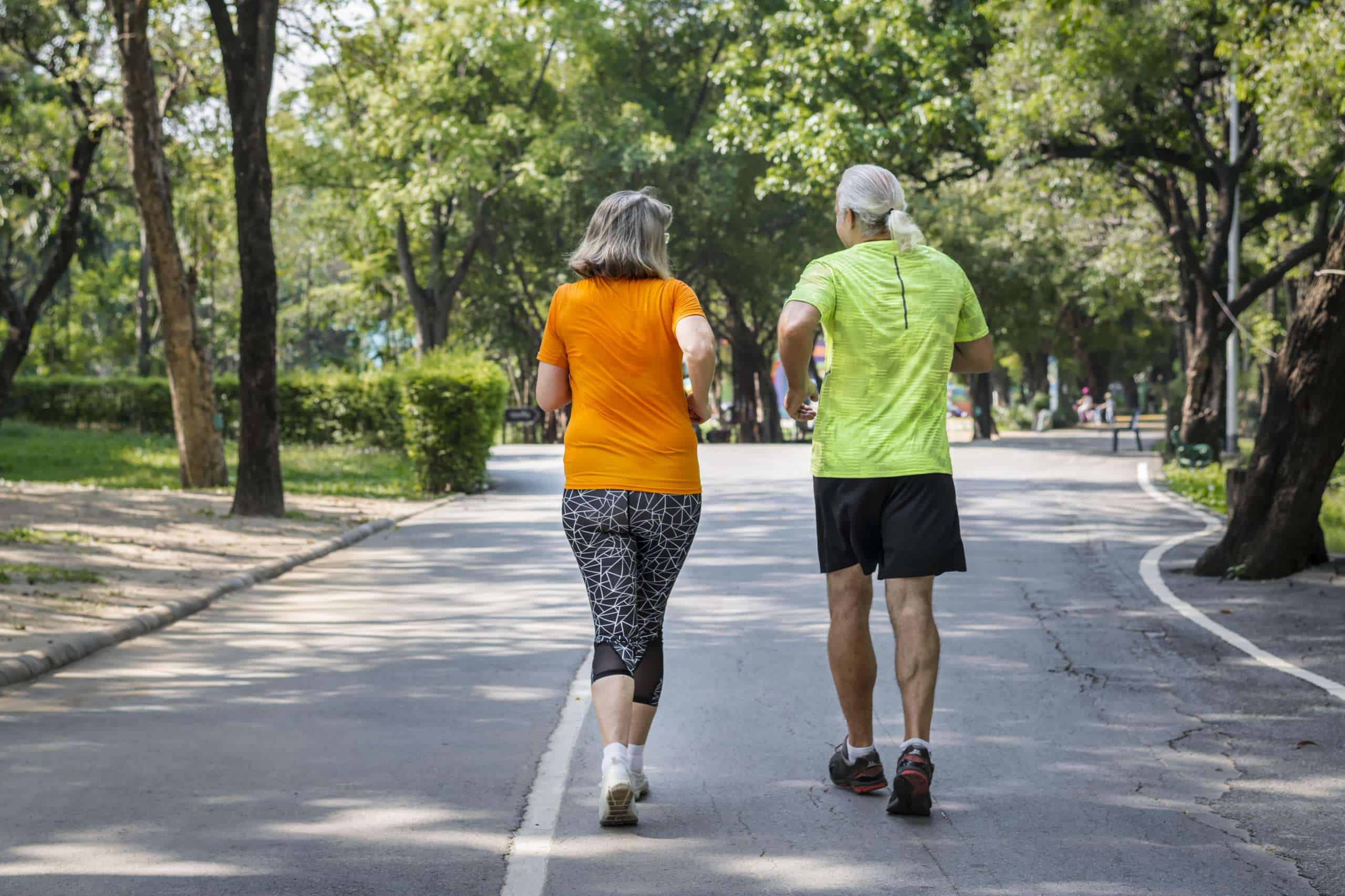
Older people’s bodies are less resilient, have less capacity, and are more susceptible to injury. What to watch out for when running to avoid hurting yourself?
As people age, the human body weakens and loses its overall endurance. According to a table published by World Master Athletics, after the age of 40, the body’s strength decreases by 0.7% each year. The decrease is mainly in muscle mass, flexibility and aerobic ceiling. The body’s recovery time also increases, requiring much more attention and care to ensure proper conditions. Athletes professionally involved in running for several years are able to reach their maximum capacity and can only try to sustain this state, but this will become more and more difficult with age. To this end, seniors should gradually reduce the load and the intensity and length of training rather than trying to reach maximum performance. An irresponsible approach to endurance and the body’s current capabilities can lead to serious injury and even permanent damage to health.
The key to injury-free sport over 60 is to put together the right exercise plan. A runner who is beginning his adventure with sports should not focus on increasing the route and conquering the results, but on systematic training that will load his body evenly. Increasing mileage is specific to young athletes. For older runners, set a specific limit and try to reach it during each workout. An example limit might be around 50 kilometers per week. During this time, the athlete can run 3 or 4 times and assess the growth of their fitness and pay close attention to the signals sent by the body. In old age, soreness or muscle soreness is more noticeable and takes longer to recover, so you can’t ignore any discomfort. You should perform workouts regularly, but reduce their intensity.
An important part of senior running is recovery time after training. You need to set aside time for relaxation and wellness. An effective way can be regular visits to a physiotherapist, who will not only control the state of health, but also advise on how to exercise in order to avoid injury. An additional form of relaxation can be walks, visits to the sauna, massages or less demanding physical activities, which will keep the body in motion, but will not exploit it too much. While keeping your muscles fit, don’t forget about your mental fitness, which is also part of your training plans. Clearing your mind improves your overall mood.
Running can be one form of exercise. Seniors have ample opportunities to choose additional activities, so it is worth taking advantage of them. Several physical activities carried out simultaneously will certainly have a positive effect on the body. Additional activities can only make the body stronger and more comfortable while running. The training cycle can also include swimming, which strengthens the spine, fitness, which improves respiratory efficiency, or yoga, which is great for stretching muscles and increasing their flexibility. Reducing the amount of running exercise and adding some additional activities to your schedule should add variety to your sports time, improve your overall fitness, and strengthen muscles throughout your body.
Featured photo: Freepik